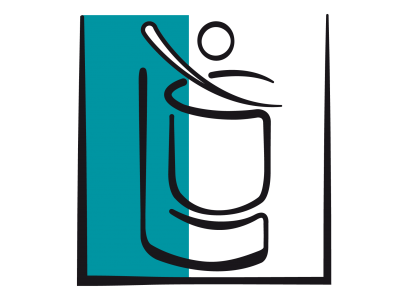Step 10 of 16
Mixed shunt
Many cardiac malformations cause a mixture of venous blood and arterialised blood at ventricular ejection: tetralogy of Fallot, single ventricle, transposition of the great arteries, truncus arteriosus, etc. Although these heart diseases rarely allow survival into adulthood, they are nevertheless instructive from a pathophysiological perspective. In tetralogy of Fallot, the pulmonary vascular tree is protected by pulmonary stenosis. However, this is not the case in the other pathologies mentioned – here, pulmonary flow is proportional to the ratio of SVR to PVR. If SVR is increased, there is a risk of excessive pulmonary blood flow and pulmonary overload. Although SpO2 increases, systemic blood flow may become insufficient, and the patient suffers from metabolic acidosis due to low blood flow [1]. The aim is therefore to establish equilibrium between the two circulations (Qp/Qs close to 1:1) and not the best possible SpO2. SaO2 of 80-85% without any acidosis is a highly satisfactory outcome. It may therefore be necessary to increase PVR during anaesthesia: low FiO2 (0.3), hypercapnia by hypoventilation or adding CO2 during CPB.
© BETTEX D, CHASSOT PG, January 2008, last update May 2018
References
1 LEYVI G, WASNICK JD. Single-ventricle patient: pathophysiology and anesthetic management. J Cardiothorac Vasc Anesth 2010; 24:121-30
| Mixed cyanotic shunt |
| If the flows ejected by the ventricle(s) are not separated, the Qp/Qs ratio must remain close to 1:1, even if O2 saturation remains lowered. |
© BETTEX D, CHASSOT PG, January 2008, last update May 2018
References
1 LEYVI G, WASNICK JD. Single-ventricle patient: pathophysiology and anesthetic management. J Cardiothorac Vasc Anesth 2010; 24:121-30
Référence
1 LEYVI G, WASNICK JD. Single-ventricle patient: pathophysiology and anesthetic management. J Cardiothorac Vasc Anesth 2010; 24:121-30
15. Anesthesia for adult congenital heart disease patients
- 15.1 Introduction
- 15.2 Nomenclature and pathophysiology
- 15.3 Approach by pathology
- 15.3.1 Classification
- 15.3.2 Diagnostic methods
- 15.3.3 Anomalous venous returns
- 15.3.4 Atrial septal defects (ASDs)
- 15.3.5 Atrioventricular canal (AVC) defects
- 15.3.6 Ebstein anomaly
- 15.3.7 Ventricular septal defects (VSDs)
- 15.3.8 Ventricular hypoplasia
- 15.3.9 Tetralogy of Fallot
- 15.3.10 Mixed shunt
- 15.3.11 Pulmonary stenosis
- 15.3.12 Anomalies of the LV ejection pathway
- 15.3.13 Transposition of the great arteries (TGA
- 15.3.15 Coarctation of the aorta
- 15.3.14 Congenitally corrected TGA
- 15.3.16 Arterial abnormalities
- 15.4 General considerations for anesthesia
- 15.5 Conclusions





























